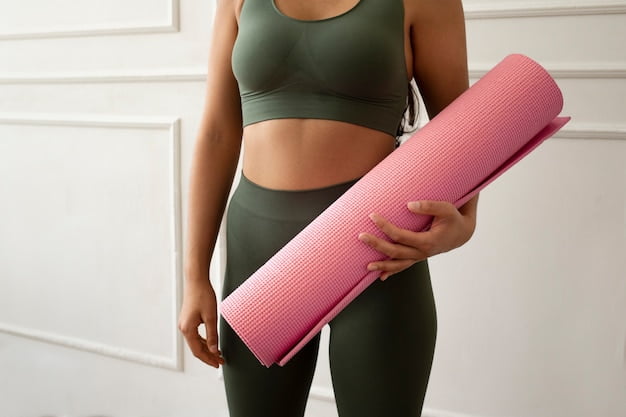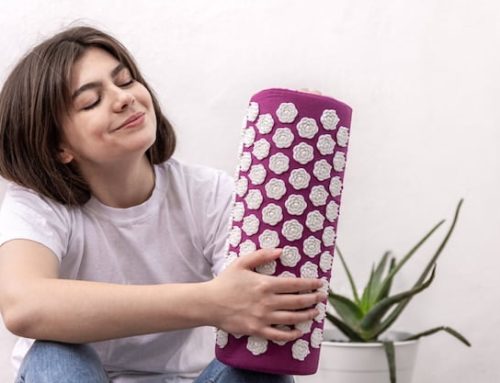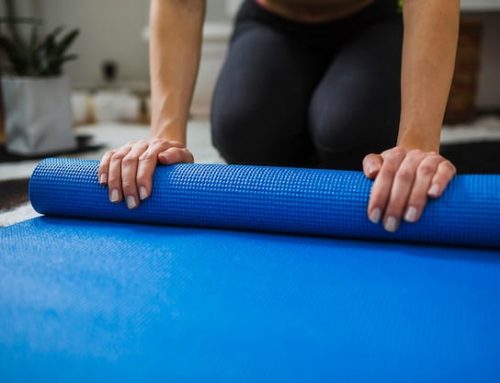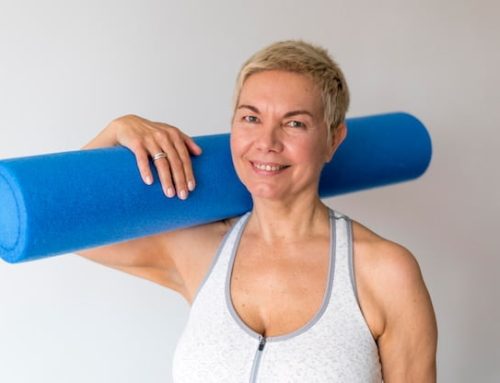The Benefits of Foam Rolling for Muscle Knots
Foam rolling has recently become a popular tool in recovery and injury prevention. It involves using a foam roller to massage and apply pressure to areas of the body that may have knots or tightness. But is it actually beneficial to roll out these knots? In this article, we will explore the science behind foam rolling and its effectiveness in relieving muscle knots.
What are Muscle Knots?
Muscle knots, also known as myofascial trigger points, are tight areas in the muscle tissue that can cause discomfort and pain. They can result from poor posture, overuse of muscles, or injuries. Muscle knots can cause restricted range of motion and affect the function of the surrounding muscles.
How Does Foam Rolling Work?
Foam rolling is a self-myofascial release technique that involves using a foam roller to apply pressure to specific areas of the body. It works by applying pressure to tight or knotted muscles and connective tissues, known as fascia, to release tension and promote muscle recovery. Here’s an overview of how foam rolling works:
- Breaks Up Fascial Adhesions: Fascia is a network of connective tissues that surrounds and supports muscles, bones, and organs. Over time, fascia can become tight or develop adhesions, causing restrictions and discomfort. Foam rolling applies pressure to these areas, helping to break up fascial adhesions and restore proper tissue function.
- Increases Blood Flow: Foam rolling stimulates blood flow to the targeted muscles and surrounding tissues. Improved circulation delivers oxygen and nutrients to the muscles while removing waste products. This increased blood flow promotes healing and enhances recovery.
- Releases Muscle Tension and Knots: Foam rolling targets trigger points, which are tight areas within the muscle fibers. Applying pressure to these trigger points helps release muscle tension and knots, reducing muscle tightness and discomfort.
- Enhances Range of Motion: Tight muscles can limit your range of motion and affect joint mobility. Foam rolling helps to relax and lengthen muscles, improving flexibility and range of motion. This can be particularly beneficial for athletes and individuals involved in physical activities.
- Self-Massage and Relaxation: Foam rolling not only provides physical benefits but also offers a form of self-massage and relaxation. The pressure applied to the muscles can help alleviate stress and promote a sense of well-being.
It’s important to note that foam rolling should be done with proper technique and caution. Start with gentle pressure and gradually increase intensity as tolerated. If you have any pre-existing injuries or medical conditions, consult with a healthcare professional before incorporating foam rolling into your routine.
The Science Behind Foam Rolling
Several studies have shown the benefits of foam rolling for muscle knots. A 2015 study published in the International Journal of Sports Physical Therapy found that foam rolling can significantly reduce pain and improve range of motion in people with plantar fasciitis, a condition that causes pain in the heel and foot.
Another study published in the Journal of Athletic Training found that foam rolling can improve flexibility and range of motion in the hip and knee joints. The study concluded that foam rolling can be a useful tool in pre-workout warm-ups and post-workout recovery.
The Do’s and Don’ts of Foam Rolling
Foam rolling can be a great tool, but it’s important to use it properly to avoid injury. Here are some do’s and don’ts of foam rolling:
Do:
-
- Start slowly: If you’re new to foam rolling, start with a softer roller and ease into the pressure.
-
- Focus on the areas that need it: Target the areas that are tight or have knots.
-
- Breathe: Take deep breaths while foam rolling to help relax the muscles.
-
- Roll for 1-2 minutes per area: Spending too much time on one area can cause bruising and soreness.
Don’t:
-
- Roll over bones or joints: Avoid rolling directly over bones, especially the spine and knees.
-
- Roll too hard: Foam rolling should be uncomfortable, but not painful. Avoid rolling too hard or too fast.
-
- Roll over inflamed areas: If you have an acute injury or inflammation, avoid foam rolling over the affected area.
Here’s a table summarizing the advantages and disadvantages of using foam rolling:
| Advantages of Foam Rolling | Disadvantages of Foam Rolling |
|---|---|
| Releases muscle tension and knots | Discomfort or pain during foam rolling |
| Improves flexibility and range of motion | Potential bruising or soreness |
| Enhances muscle recovery | Improper technique can cause injury |
| Increases blood flow and circulation | Time-consuming for some individuals |
| Provides self-massage and relaxation | Not suitable for certain medical conditions |
| Cost-effective and portable | May not be as effective for deep tissue work |
| Can be used for warm-up or cool-down | Requires proper knowledge of foam rolling techniques |
Foam rolling offers numerous advantages such as releasing muscle tension, improving flexibility, enhancing recovery, and providing self-massage and relaxation. However, there can be disadvantages, including potential discomfort, bruising, risk of injury with improper technique, time commitment, limitations for certain medical conditions, and the inability to target deep tissues effectively. It’s important to use foam rolling appropriately and consult with a healthcare professional if you have any concerns or underlying health issues.
The Bottom Line
Foam rolling can be an effective tool for breaking up muscle knots and reducing pain and tightness. However, it’s important to use it properly and not overdo it. If you’re experiencing chronic or severe pain, it’s best to consult a healthcare professional before using foam rolling as a treatment.
In conclusion, yes, it is beneficial to roll out muscle knots using foam rolling. Several studies have shown its effectiveness in reducing pain and improving range of motion. When used properly, foam rolling can aid in recovery and injury prevention. Remember to start slowly, focus on the areas that need it, and avoid rolling over bones or joints.






